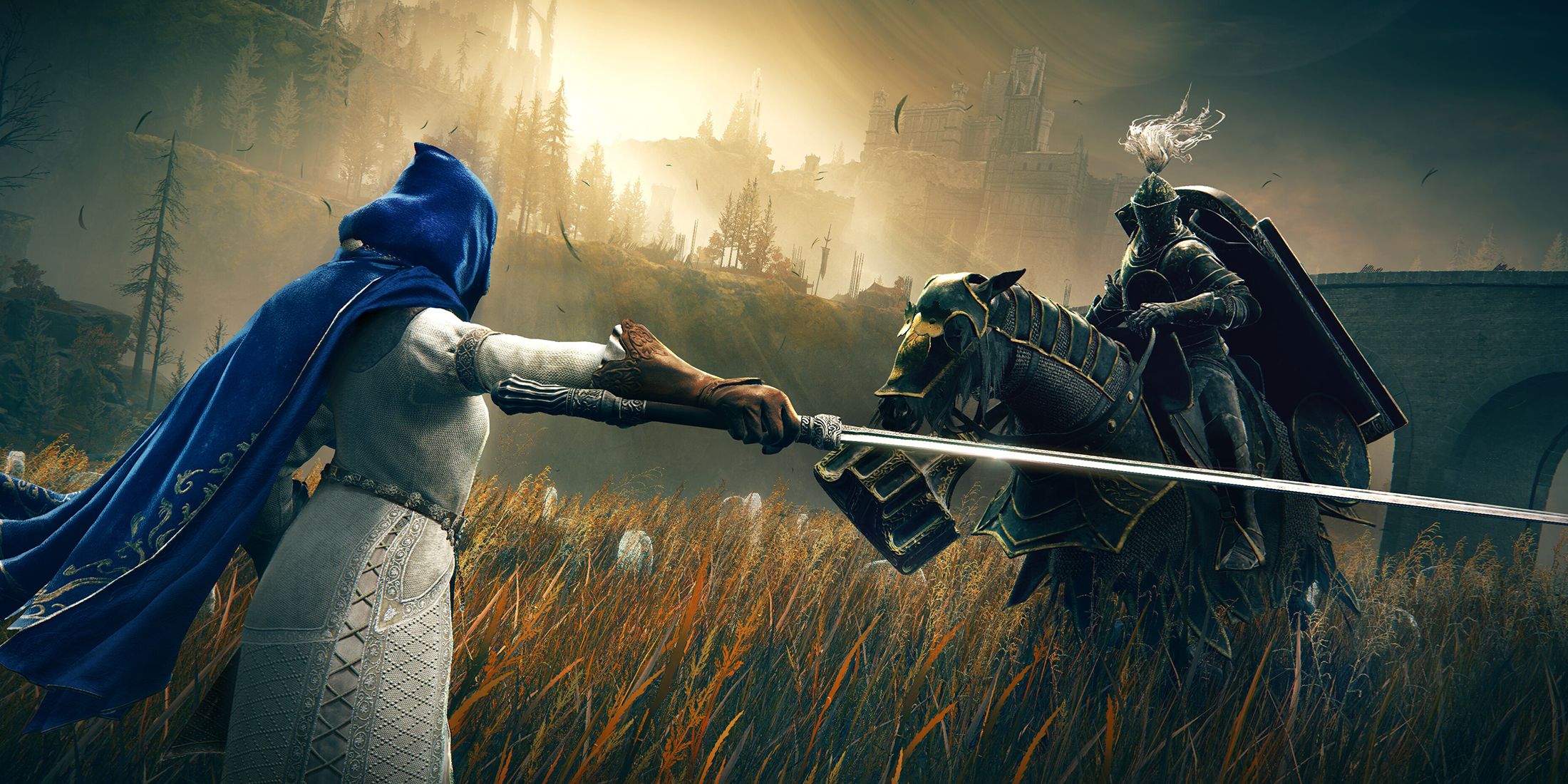Civ 7 Redefines What it Means to Be a Leader
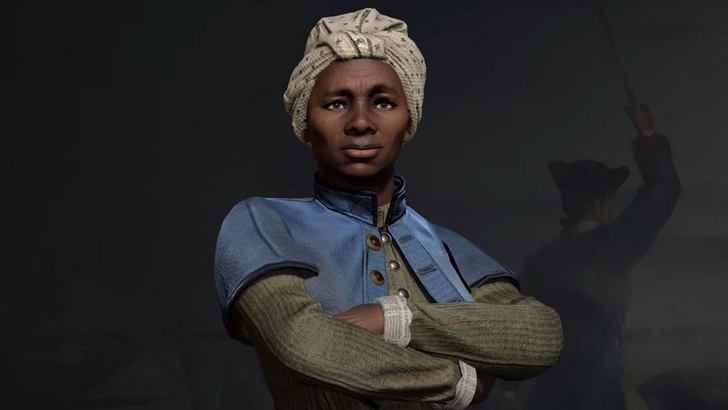
Civilization's leaders are as iconic as the civilizations themselves. Firaxis' approach to selecting national representatives has evolved significantly over the years. This article explores Civilization VII's leader roster and how it redefines leadership in the series.
← Return to Sid Meier's Civilization VII main article
Civ VII: A New Era of Leadership

Civilization leaders have been a core element since the first game. Each leader embodies their civilization's identity, making them as vital as the civilization itself. However, the representation of leaders has diversified and evolved with each installment. This article examines this evolution, focusing on the changes in each iteration and how Civilization VII presents a unique approach to leadership.
This exploration of Civilization's history will analyze the evolution of its leader roster, highlighting changes across different versions and how Civilization VII's unique lineup redefines leadership.
Early Civilization: A Focus on Global Powerhouses
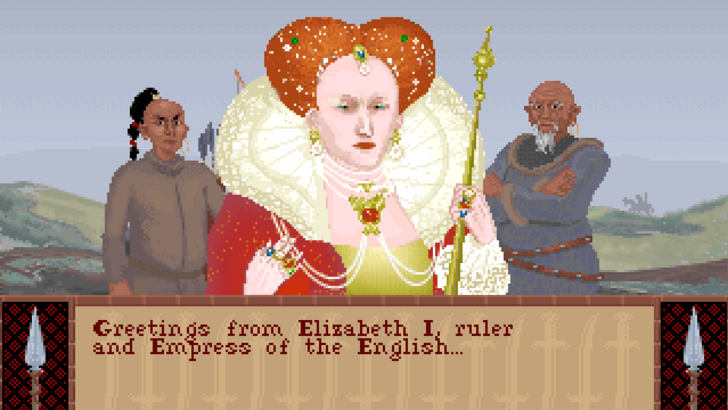
The original Civilization featured a relatively small roster compared to later games. Mostly, it included global superpowers of the early 1990s and historical figures.
With limited design scope and technical capabilities, the game featured 15 civilizations, including America, Rome, Greece, Japan, China, France, Egypt, and Russia. Leadership was straightforward—leaders were historical heads of state. The selection prioritized widely recognized figures.
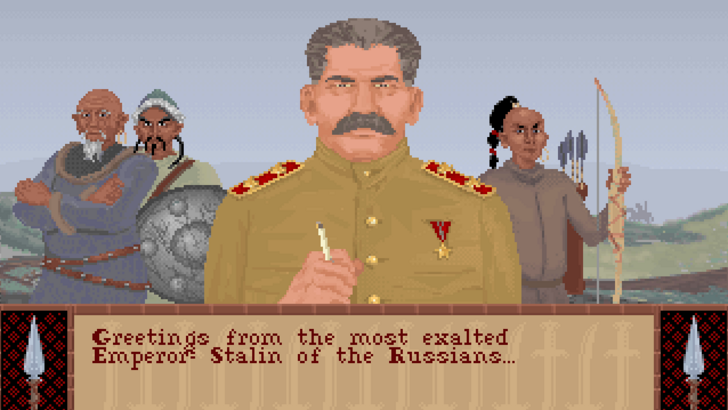
This resulted in leaders like Abraham Lincoln, Tokugawa Ieyasu, Mahatma Gandhi, and Julius Caesar, alongside more controversial choices such as Mao Zedong and Joseph Stalin. Elizabeth I was the sole female leader. This approach, while simple, reflects the context of the game's release. However, subsequent iterations introduced significant changes.
Civilization II Through V: Expanding Diversity and Creativity
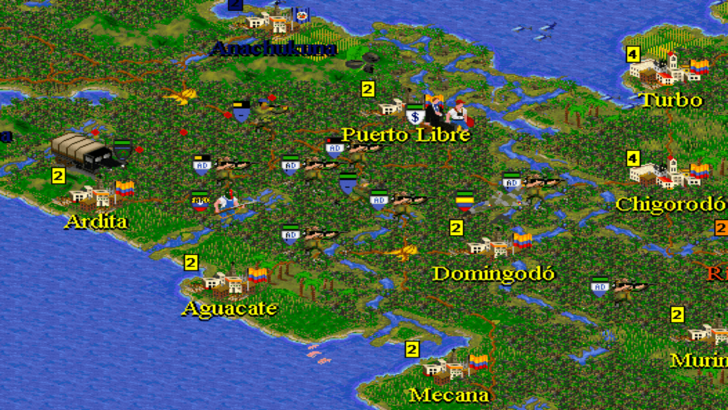
Civilization II expanded the roster and included lesser-known powers like the Sioux. Significantly, it introduced a separate female leader roster, offering both male and female leaders for each civilization.
The definition of "leader" broadened. Figures beyond heads of state, but pivotal to their civilization's identity, were included. Examples include Sacagawea for the Sioux and Amaterasu for Japan.
Civilization III integrated female leaders into the main roster, featuring six in total. Some replaced historically dominant male counterparts (e.g., Joan of Arc replacing Napoleon).
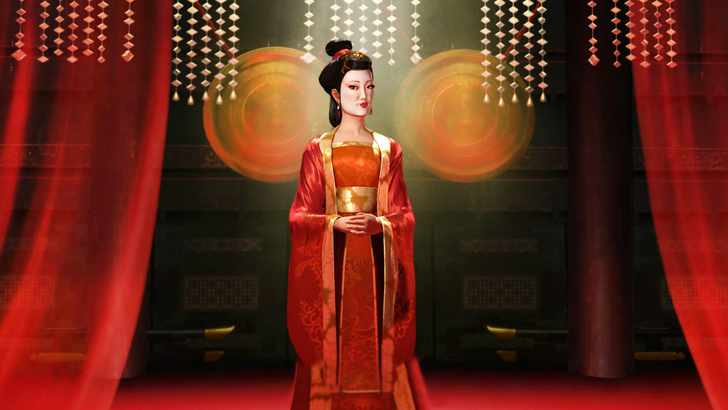
Civilization IV and V further expanded the roster and the definition of leadership. Revolutionaries, generals, and reformers became common. Traditional figureheads were replaced or doubled. Examples include Wu Zetian replacing Mao Zedong and both Victoria I and Elizabeth I representing England. The focus shifted from solely powerful figures to a broader representation of humanity.
Civilization VI: Enhanced Characterization and Creativity
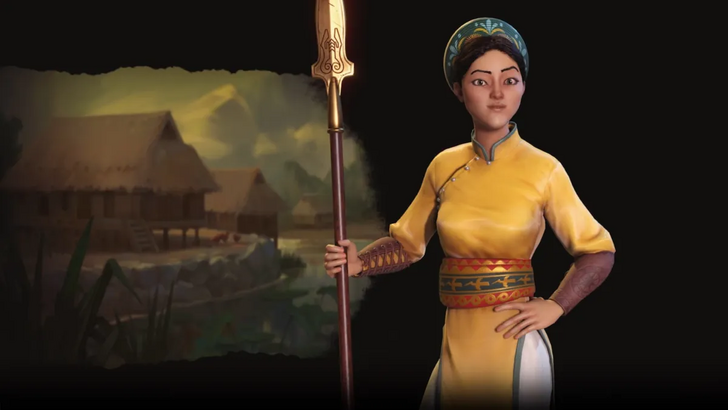
Civilization VI significantly enhanced characterization, diversity, and creativity, presenting leaders as stylized animated caricatures. Leader Personas—alternative versions emphasizing different aspects of a leader's personality—were introduced, offering diverse playstyles. Lesser-known figures from less prominent civilizations were included.
Lautaro of the Mapuche and Bà Triệu of Vietnam exemplify this inclusion of diverse historical figures. Queen Gorgo of Sparta provided a contrasting leadership style to Pericles.
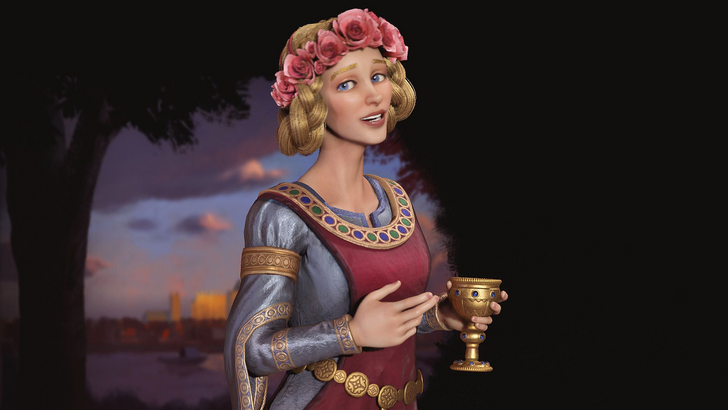
Leader Personas further diversified the roster. Leaders like Catherine de Medici and Theodore Roosevelt had alternate personas with distinct playstyles. Multiple leader options for civilizations (e.g., America, China) became common. The focus shifted to specific chapters of a leader's life, influencing their in-game representation.
Civilization VII: A Bold New Direction
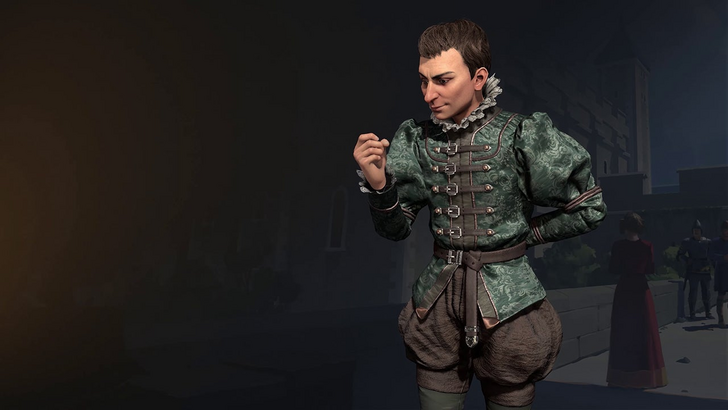
Civilization VII represents the culmination of this evolution. It features the most diverse and creative roster yet, with unconventional leaders, multiple personas, and carefully curated choices tailored to different playstyles.
The mix-and-match approach to civilizations and leaders allows lesser-known figures to take center stage. Harriet Tubman, the American abolitionist, is a prime example, filling a unique spymaster role.
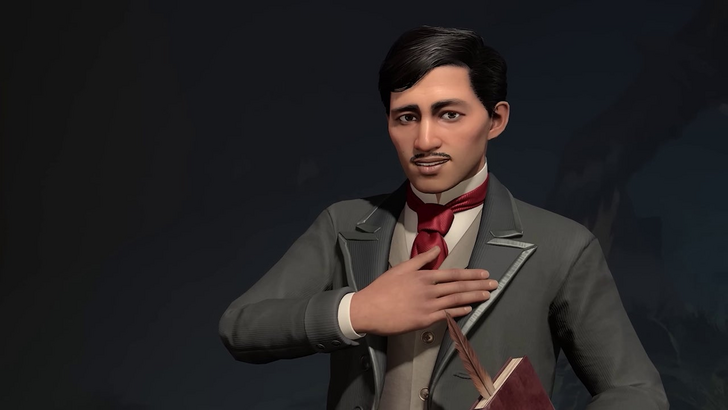
Other notable additions include Niccolò Machiavelli, whose diplomatic approach reflects his writings, and José Rizal of the Philippines, whose focus is on diplomacy and narrative events.
Over nearly 30 years, Civilization's focus has shifted from a game about superpowers to a diverse collection of influential figures, telling a broader story of humanity. The definition of leadership has evolved, but its significance remains unchanged.
← Return to Sid Meier's Civilization VII main article
Sid Meier's Civilization VII Similar Games

- 1 Project Zomboid: All Admin Commands Jan 05,2025
- 2 Call of Duty Announces Black Ops 6 Updates Feb 08,2025
- 3 Pokemon GO Fest 2025: Dates, Locations, and Event Details Jan 08,2025
- 4 Pokémon TCG Pocket: Wonder Pick Date, Time, and Promo Cards – February 2025 Mar 03,2025
- 5 STARSEED Update: Codes for January 2025 Released Feb 25,2025
- 6 Black Myth: Wukong Tops Steam Charts Days Before its Launch Jan 07,2025
- 7 How to Get All Ability Outfits in Infinity Nikki Feb 28,2025
- 8 GTA 6: Fall 2025 Release Date Rumors Intensify Feb 19,2025
-
Budgeting & Investing: Your Guide to Financial Apps
A total of 9
-
Addictive Hypercasual Games for Quick Play
A total of 10
-
Best Role Playing Games for Android
A total of 10










